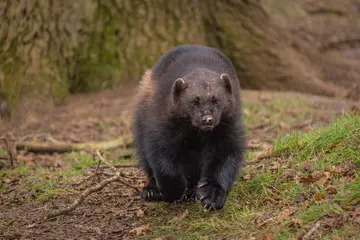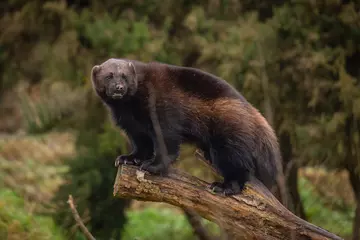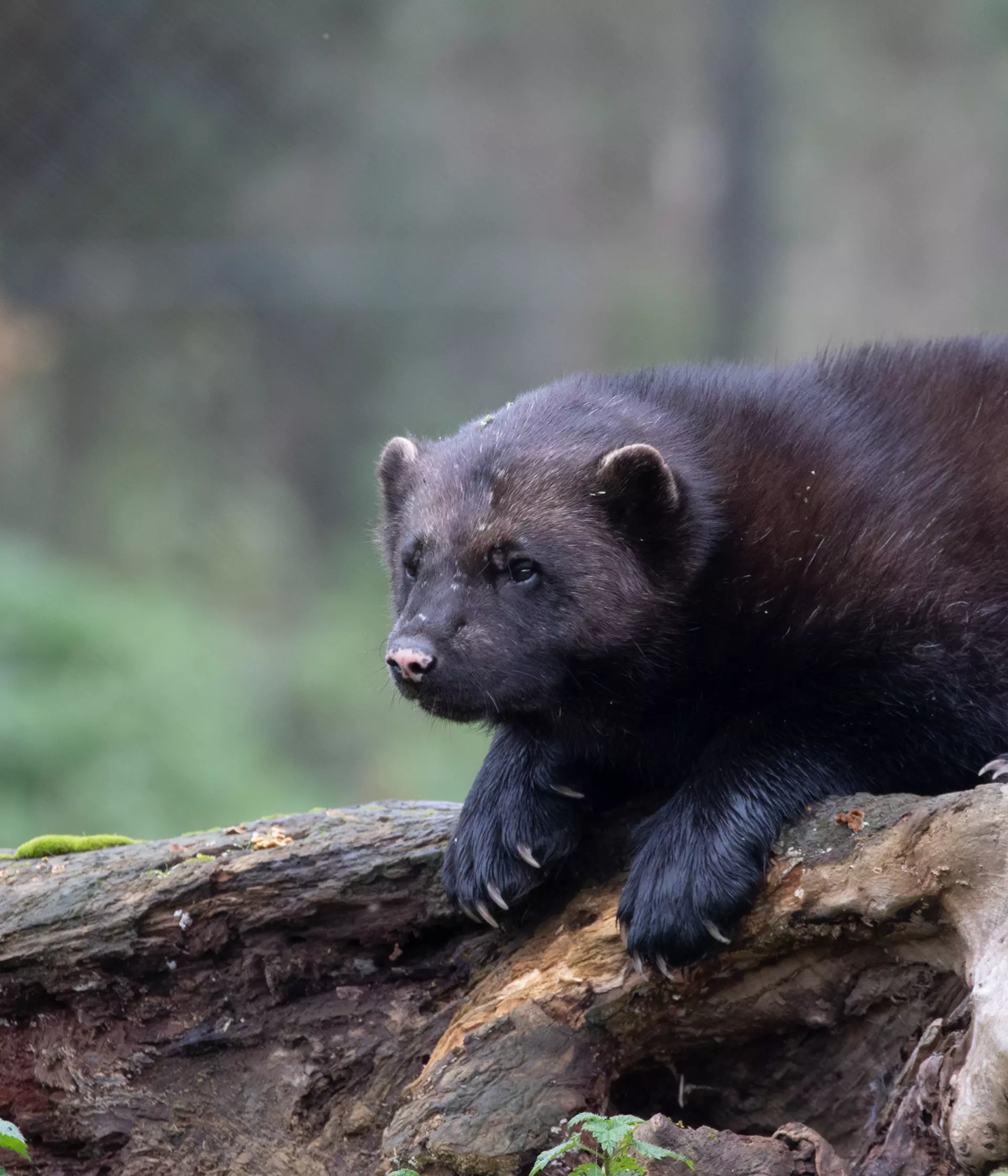
Wolverine facts

What do wolverines look like?
Smaller than a bear, but similar in build, wolverines are muscular animals with short legs, a wide, rounded head and short ears. Their body is covered in dark brown fur, while they have black fur on their legs and face, and the fur is thick and oily so that it is resistant to frost.
Wolverines are well-adapted to cold conditions, with large, five-toed paws to help them manoeuvre efficiently through thick snow, as well as a special upper molar that helps them rip meat from frozen prey or carrion.
Where do wolverines live?
Wolverines can be found in remote parts of the Northern boreal forests and subarctic and alpine tundra of the Northern Hemisphere. They also live in northern Canada, Alaska, Europe, western Russia and Siberia.

What do wolverines eat?
A wolverine’s diet is mainly made up of small mammals such as rabbits, mice and squirrels but they have also been known to kill bigger prey such as the Eurasian lynx and weasels. Their diet is also sometimes supplemented by seeds, berries, roots, insect larvae and bird’s eggs.
What threats do wolverines face in the wild?
Wolverines are listed as Least Concern on the IUCN Red List, but threats in the wild include habitat loss and hunting.
Are there wolverines at Whipsnade Zoo?
Yes, Whipsnade Zoo is home to wolverines - look out for them in the Europe section of the Zoo, opposite our European brown bear enclosure.
